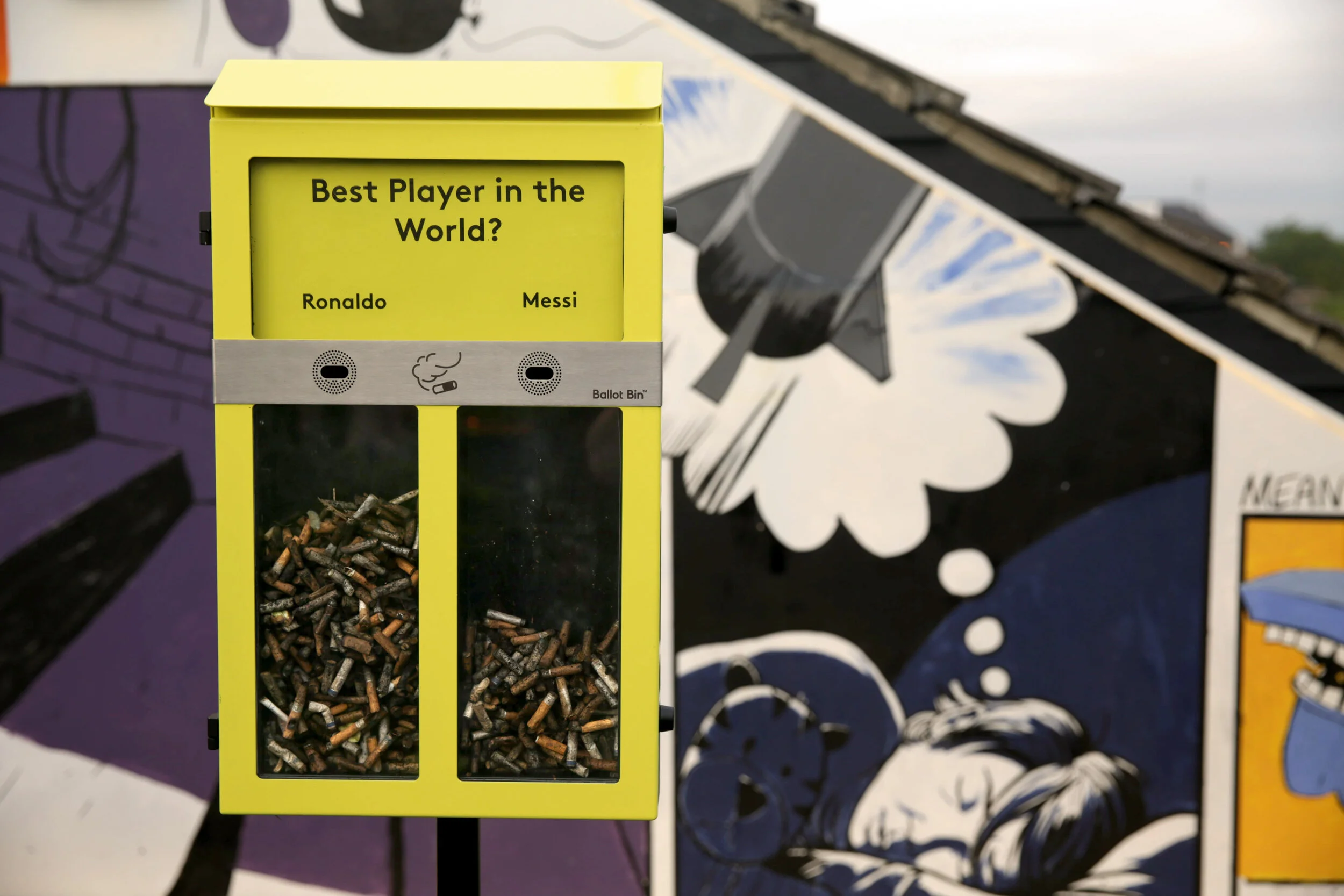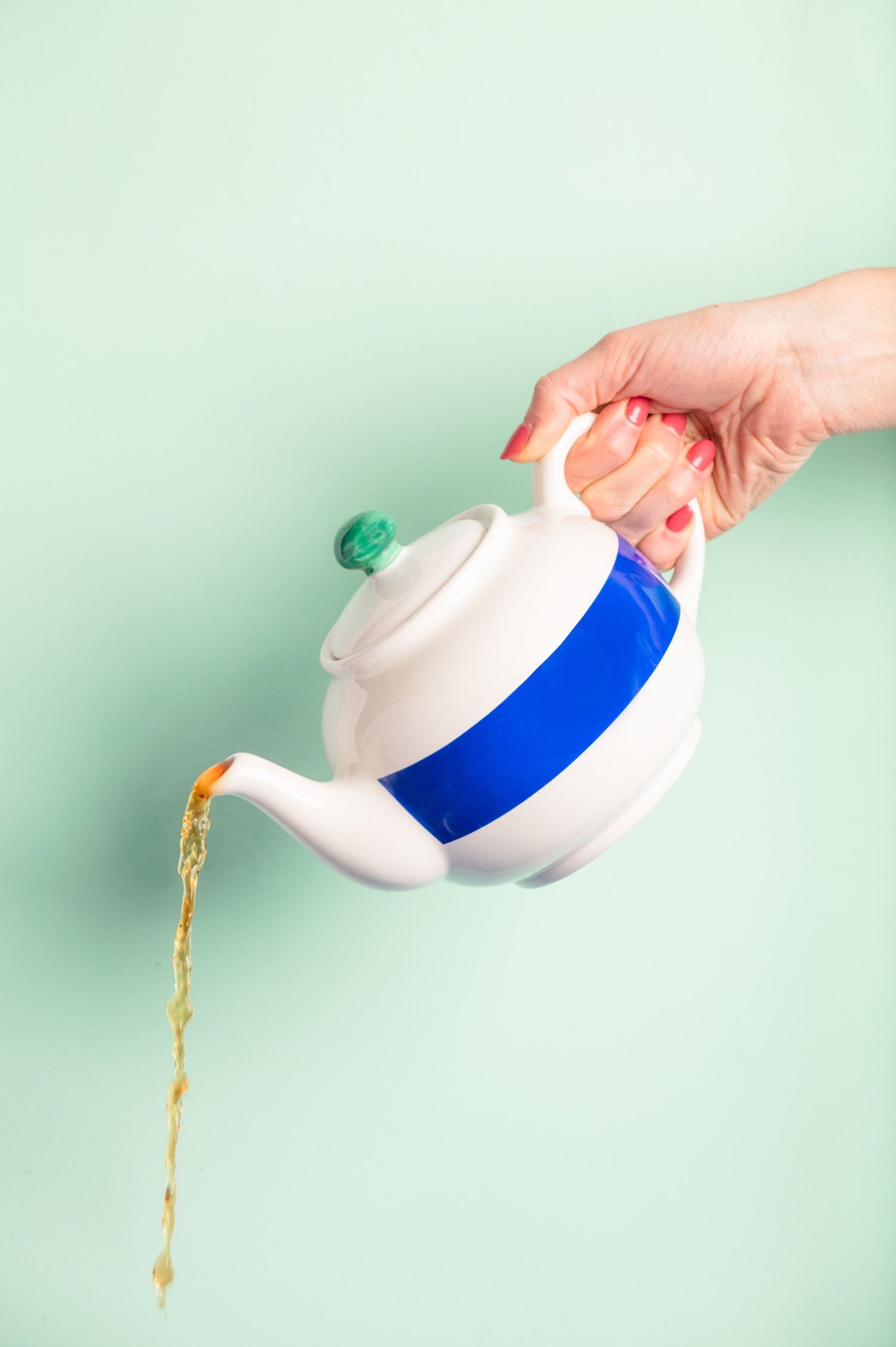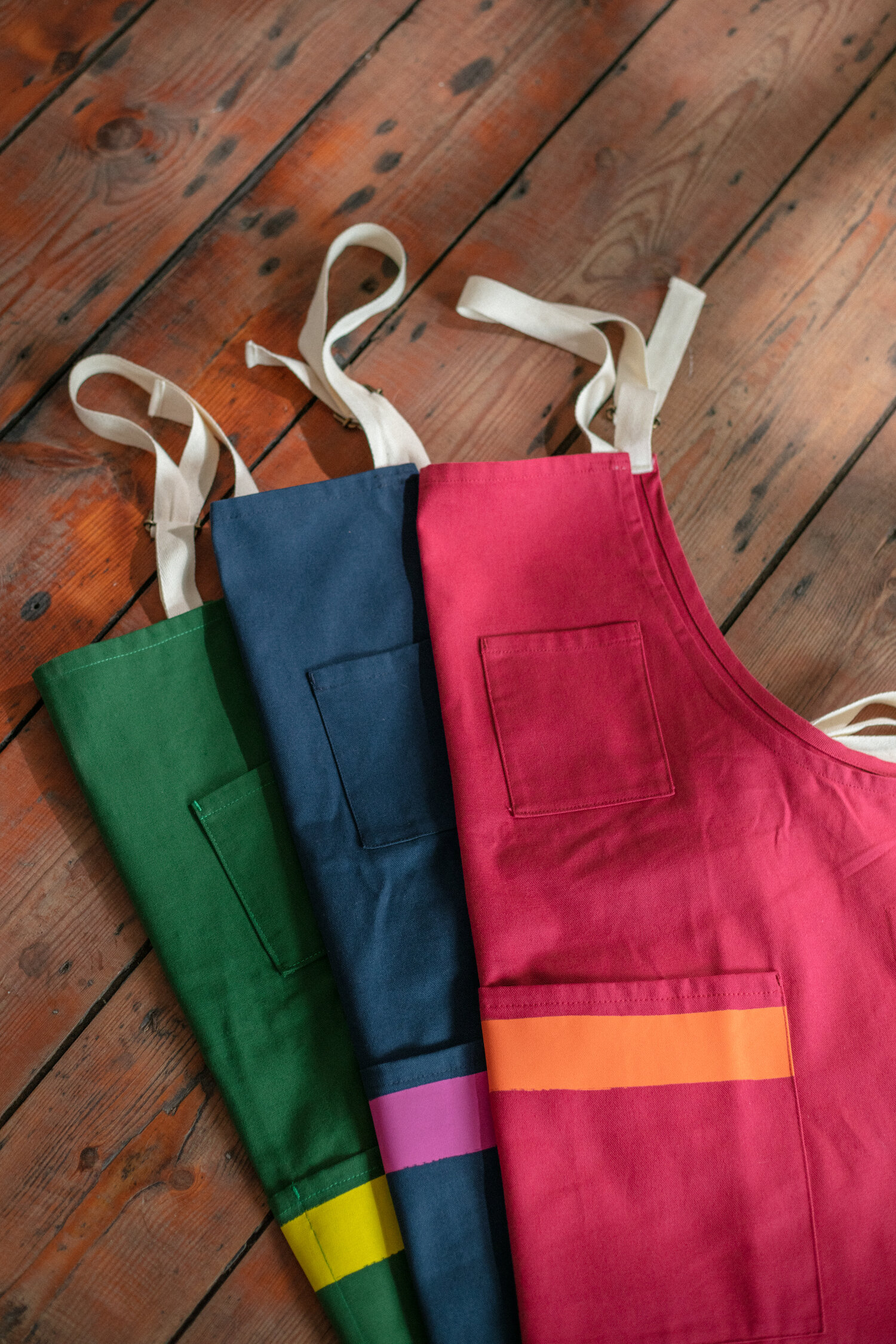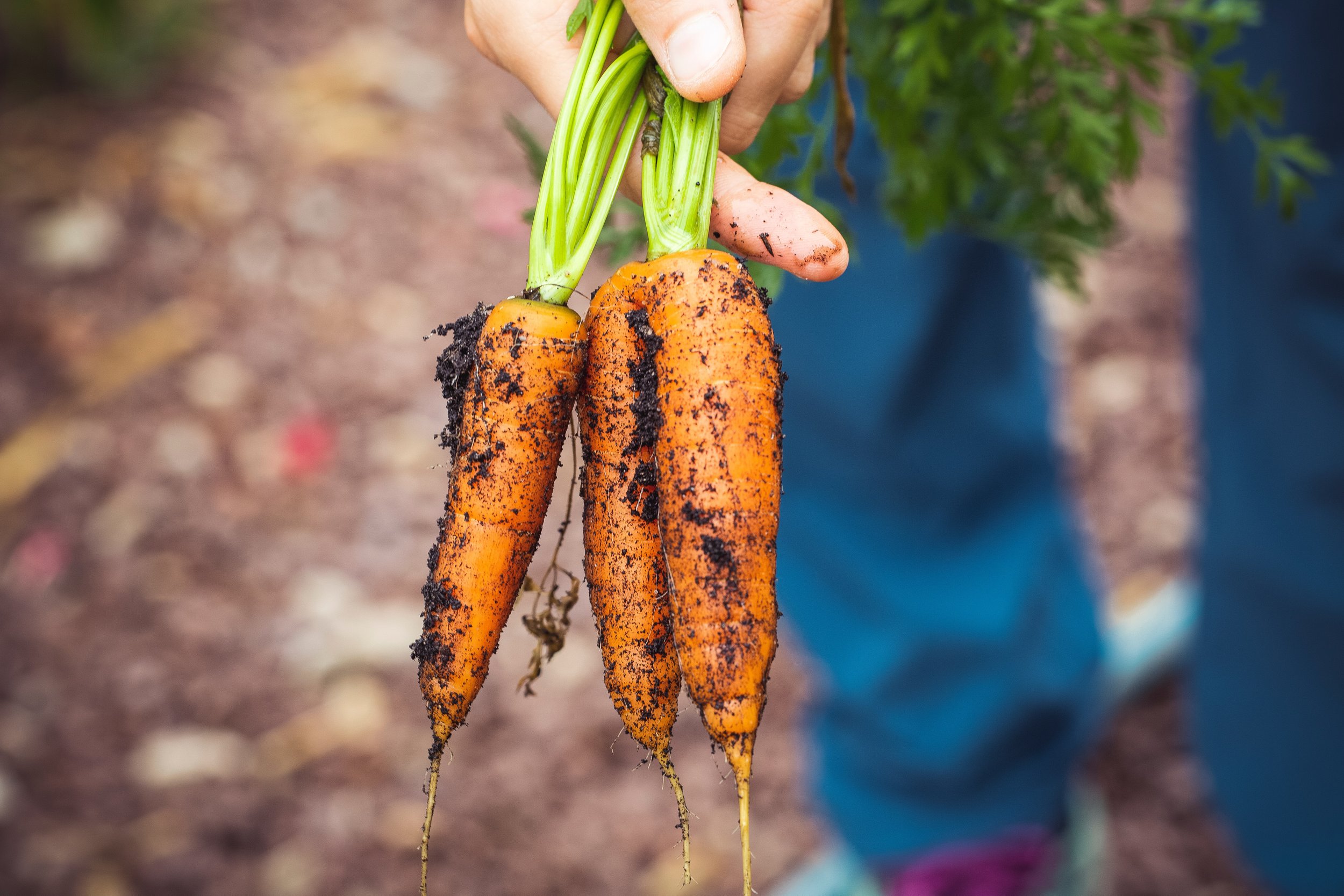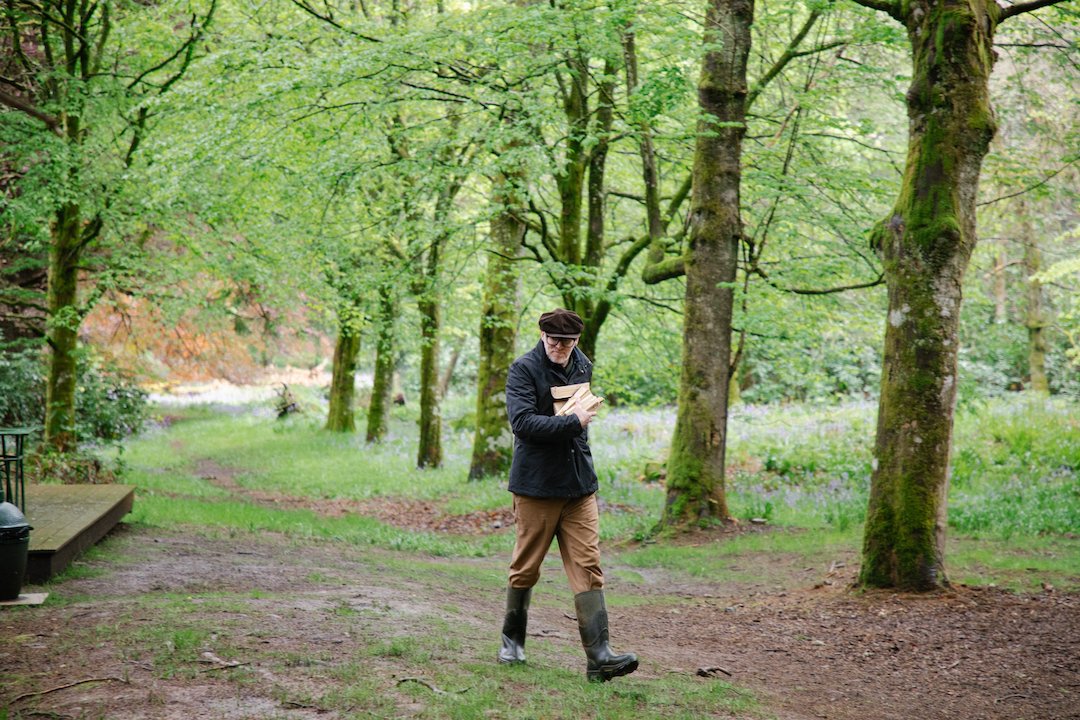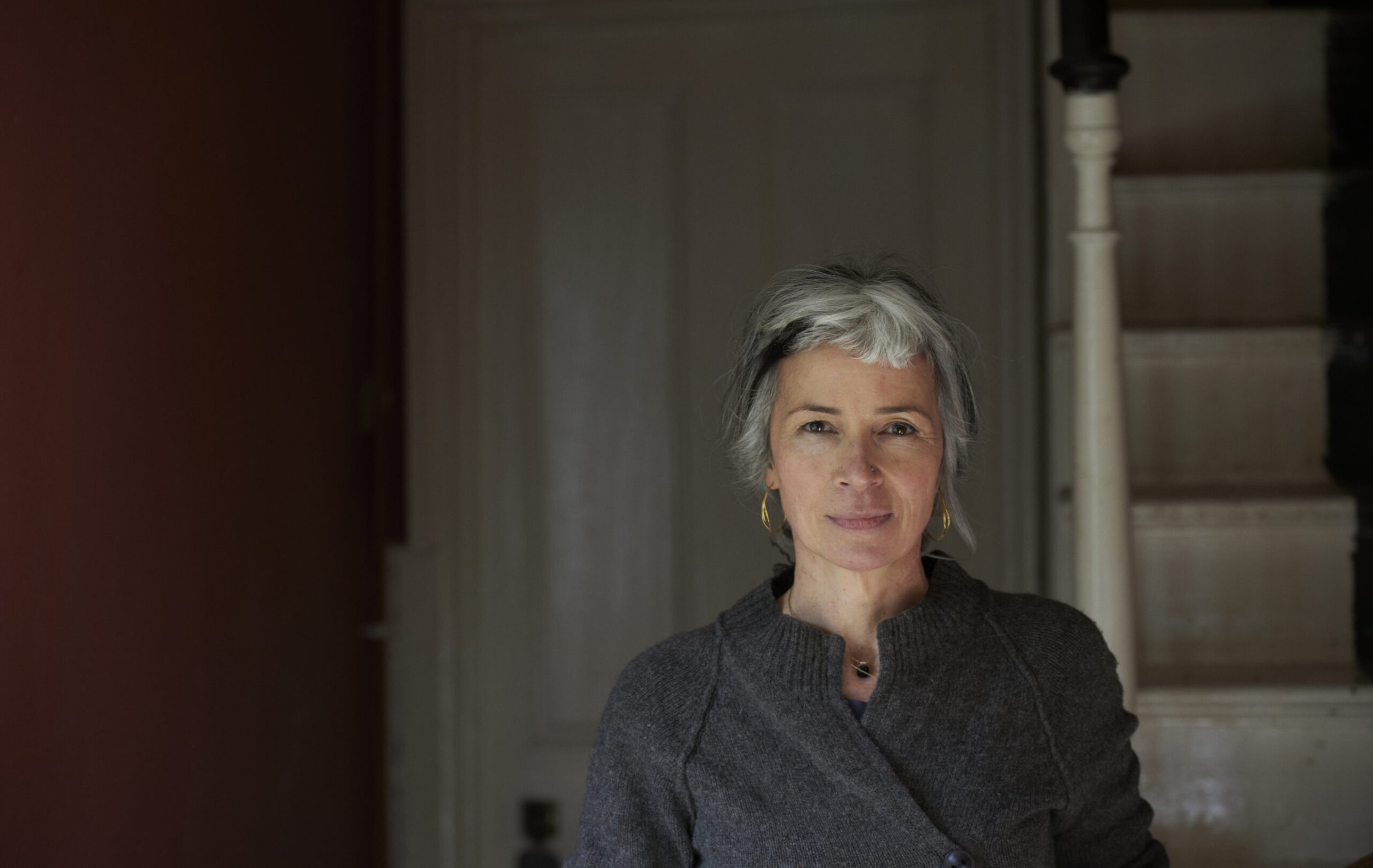5 Ways Design Can Inspire Sustainable Action
Hubbub was founded in 2014 with the purpose of inspiring positive changes that worked with and benefitted the environment.
Through the use of design, they tackle serious issues with playfulness and knowledge which ignites a curiosity and mindfulness in the viewer.
Image: Hubbub written by Michelle Robb“I still remember the day Hubbub’s CEO and founder, Trewin Restorick, walked into our office and announced we’re going to build a boat made from recycled plastic. Not something you hear every day. But as I’ve come to learn, Hubbub is always full of surprises
Design has always been at the heart of everything that we create. And as a designer at Hubbub, I’ve seen from behind the scenes how design can be used to nudge behaviour. We do this through communicating complex, scary issues such as air pollution or fast fashion in a more attractive, compelling way that resonates with people who may never think twice about environmental issues. If something looks appealing, or makes people’s lives easier, they are more likely to engage.
There are so many ways design can impact people; but as you probably don’t have all day… Here are five of my favourite ways we’ve used design to turn heads and spring people into action towards environmental issues.
1. Nudging behaviour
Image: HubbubOur campaigns tackle environmental issues, from food waste to microfibres and (almost) everything in between. But it all started with a bin.
Back in 2016, we were challenged to come up with ways to reduce litter on Villiers Street, London. After spending hours observing the street and talking to people in the area, we discovered the biggest form of littering was cigarette butts. The cause? Mainly young men smoking outside of pubs and dropping the cigarette butts on the ground.
How do you nudge young men to bin their butts?
We tapped into what they were talking about, their interests and passions – football being the top topic. This led to the creation of the Ballot Bin, a colourful voting ashtray asking ‘Who is the best player in the world; Messi or Ronaldo?’. With a call from the Daily Mail sports desk and a feature in LadBible, it was clear the Ballot Bin was provoking debates and nudging people to vote with their butts. Now used around the world from America to Norway, asking the important questions like, ‘Is Trump’s hair real or fake?’, the Ballot Bin has helped reduce cigarette butt litter by 46% showing the power of a playful nudge in the right direction.
2. Disrupting the everyday
Image: HubbubIn 2018, we began research into microfibres and were shocked that half a million tonnes of plastic microfibres a year contribute to ocean pollution (Ellen MacArthur Foundation). We found many people have no idea what microfibres are, but they did connect to the issue of marine pollution and the health of our oceans.
How do you bring the issue of microfibres into people’s day-to-day lives?
The last thing you might expect to see on your daily commute is a giant washing machine filled with robotic fish. This disruption to people’s daily routine helped to engage lots of passers-by in the complex issue of microfibres.
Hubbub launched #WhatsInMyWash?, a collaborative campaign to raise awareness of this issue. We created a pop-up installation at Old Street tube station to visualise the connection between the what we buy, how we care for clothes and the impact this is having on the environment. The installation proved to be an effective way of visualising the issue quickly to passers-by. Alongside the pop-up we handed out magnets with tips on how to care for your clothes for people to put on their washing machines as an extra nudge at home.
3. Making the invisible visible
How do you make something seemingly invisible -like air pollution- visible?
Over the years we’ve found that installations are a brilliant way of bringing complex and invisible issues like air pollution, which people struggle to connect with, to life. Earlier this year, as part of our Air We Share campaign, we launched an interactive ‘Pollution Pavilion’ in Covent Garden’s iconic Piazza, seeking to spark a national conversation about air pollution. The installation was created in collaboration with King’s College, London and artists Climate and Cities. It features huge balloons made from recyclable latex, that change colour reflecting annual Nitrogen Dioxide (NO2) data drawn from five London Air Quality Network stations to help visitors visualise air pollution levels.
It was great to see first-hand how the installation engaged everyone from young children, to Instagram influencers, to politicians. People were first drawn in by the beautiful balloons and colours, then once up-close they engaged with the display and went away with tips on how to reduce their exposure, along with the call to action to contact their MP and asks them to support a legally binding commitment to meet World Health Organization recommended PM 2.5 limits by 2030.
If there’s one thing we took away from running this installation, it’s to never trust the British weather! 50mph winds resulted in lots of the Hubbub team on balloon watch – luckily the installation was well built and the balloons were surprisingly resilient. We’d definitely recommend avoiding January for an outdoor installation launch.
4. Intriguing and Inspiring
As Hubbub has grown and evolved, so has our approach to design and installations. We’re starting to play with the way we use installations, initially seeing them as a great tool to interact directly with the public, and now using them as public art to intrigue and inspire.
How do you inspire people to recycle their coffee cups?
Over the years, as well as drinking lots of coffee, we’ve done lots of work around coffee cup recycling. From creating London’s skyline out of cups, to unleashing a coffee cup choir onto the city streets, to bins in the shape of coffee cups. More recently, to promote the launch of new recycling facilities (The Cup Fund), we put an immersive art installation outside the Tate Modern on London’s Southbank made of 5,555 cups.
More recently, to promote the launch of new recycling facilities (The Cup Fund), we put an immersive art installation outside the Tate Modern on London’s Southbank made of 5,555 cups. This represents the number of cups used every minute in the UK, 222 of these are coloured black to represent the 4% of cups which are currently estimated to be recycled in the UK. At 3 metres tall and illuminated at night, the structure is unmissable.
If there’s one thing we’ve learned from putting design in public space and from generally observing people’s behaviour, it’s if there’s a blank surface, people will write on it! Part of Hubbub’s ethos is to experiment and embrace the unexpected. This was definitely put into practice when the installation turned into a piece of active art, with the public inspired to engage with the topic and write their thoughts directly on the cups. The installation still looked BREW-tiful!
5. Immersing and Educating
Last but not least; design has the power to immerse people in an issue and get them physically taking action.
How do you educate and encourage people to reduce litter in our waterways?
Each year 300 tonnes of rubbish are cleared from the Thames and at current rates, there will be more plastic than fish in the ocean by 2050. To raise awareness of the impact plastic has in our rivers and oceans, we teamed up with Canary Wharf College, Tideway London and boat builder Mark Edwards MBE, to create the world’s first punt made from 99% recycled plastic, called ‘Poly-Mer’ and run educational trips to fish plastic out of London’s Docklands.
The traditional design is over a thousand years old but the material is one of the most modern imaginable: 100% recycled plastic waste known as Plaswood. Each time the punts go Plastic Fishing they collect more bottles from the Docklands which are recycled to make more punts.
Being an environmental charity, we try to use as many sustainable materials for our designs and installations as possible. The growing fleet of recycled plastic boats are a great example of how waste materials can be repurposed into something beautiful and a physical way to educate people about the issue.
In summary, can a single installation solve climate change? Probably not. But brilliant design will always be at the heart of Hubbub campaigns whether we’re trying to nudge behaviours, immerse people in an issue or simply grab their attention. We understand that new forms of design and different solutions are needed to address the scale of the environmental challenge we face. Design needs to be simple, compelling and affordable for people to spring into action and make their day-to-day lives more sustainable.
We’re always looking for ways to push our designs and have recently launched Design By Nature, an initiative and award looking to celebrate upcoming designers’ fresh approaches to tackling these stubborn environmental issues, and supporting them to bring their ideas to life. Watch this space!

